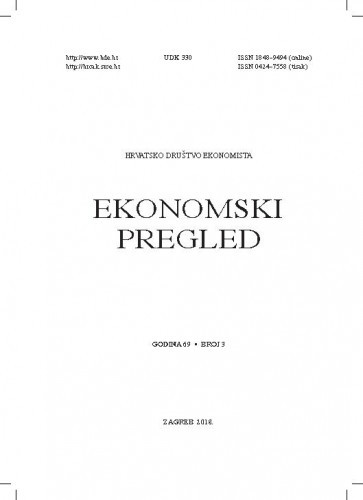Action aggressiveness is considered as a firm response to the phenomenon of temporary advantage. Firms able to respond quickly to market demands strengthen their market power and generate advantages; but those that can be even faster, will generate even greater market power and advantage over its competitors. However, there is no guarantee that competitive advantage achieved today will remain unchanged in the long run. The focus is on being prepared to take an action, i.e. the extent to which the firm is willing to participate with competitors and act quickly in the involvement and participation. The dynamics of top management is a very important component of the ability of the firm competitive behavior. The top management team is the kingpin that coordinates and mobilizes organizational resources and efforts for firms’ aggressive competitive engagement. The assumption of being more aggressive at the market and collaborative with competitors is the integration of top management of the firm that depends primarily on compatible traits and members’ communication skills. With a special focus on top management teams, this paper explores the extent to which firms’ certain strategic behavior in hypercompetitive industry can be related to gaining temporary competitive advantage, measured through improving its firm performance. The central goal of this research is to theoretically and empirically define and examine firms’ strategic behavior in hypercompetition through defining new taxonomy of strategy patterns, i.e. firm specific strategic behavior that provides and raises the probability of gaining the competitive advantage in hypercompetitive industries. An important contribution of this research is also reflected in the development of the model that analyze the influence of specific characteristics of top management team (TMT) on pattern firm uses, as well as the relationship between firms’ market position on specific strategic behavior.; Agresivnost u poduzimanju akcija smatra se reakcijom poduzeća na fenomen privremene prednosti. Poduzeća koja brzo reagiraju na zahtjeve tržišta jačaju svoju tržišnu snagu i stvaraju prednosti, ali ona koja mogu to učiniti još brže generiraju još veću tržišnu snagu i prednost nad svojim konkurentima. Međutim, ne postoji jamstvo da će danas postignuta konkurentska prednost ostati dugoročno nepromijenjena. Naglasak je na spremnosti poduzimanja akcija, točnije, mjeri u kojoj je poduzeće spremno sudjelovati s konkurentima te brzo reagirati u uključivanju i sudjelovanju na tržištu. Dinamika vrhovnog menadžmenta vrlo je važna komponenta sposobnosti konkurentskog ponašanja poduzeća. Tim vrhovnog menadžmenta je glavni element koji koordinira i mobilizira organizacijske resurse i napore za agresivno natjecateljsko angažiranje poduzeća. Pretpostavka agresivnijeg ponašanja na tržištu i suradnje s konkurentima je integracija vrhovnog menadžmenta koja prvenstveno ovisi o kompatibilnim osobinama i komunikacijskim vještinama članova. S posebnim naglaskom na timove vrhovnog menadžmenta, ovaj rad istražuje u kojoj se mjeri određeno strateško ponašanje poduzeća u hiperkonkurentskoj industriji može povezati sa stjecanjem privremene konkurentske prednosti, mjereno kroz poboljšanja poslovne uspješnosti poduzeća. Središnji cilj ovog istraživanja je teoretski i empirijski definirati i proučiti strateško ponašanje poduzeća u hiperkonkurenciji kroz definiranje nove taksonomije strateških obrazaca, tj. specifično strateško ponašanje poduzeća koje pruža i povećava vjerojatnost ostvarivanja konkurentske prednosti u hiperkonkurentnim industrijama.
Sažetak

 Ekonomski pregled : mjesečnik Hrvatskog društva ekonomista : 69,3(2018) / glavni i odgovorni urednik Dragomir Vojnić.
Ekonomski pregled : mjesečnik Hrvatskog društva ekonomista : 69,3(2018) / glavni i odgovorni urednik Dragomir Vojnić.